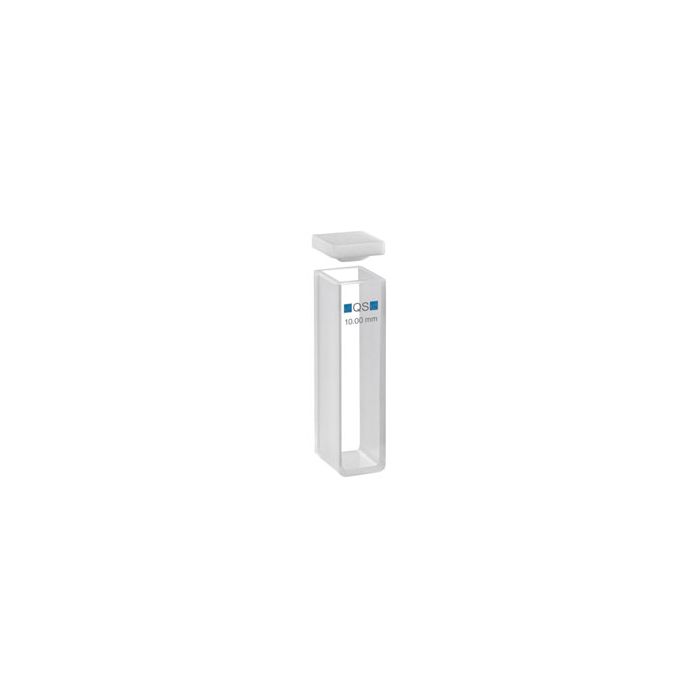Hellma Standard Cuvettes/cells
Hellma cuvettes are manufactured from various types of high quality glass. The most important criterion for the choice of a particular type of glass is the spectral range: Hellma trademark colored logos are fused onto each Hellma cuvette, thus indicating the spectral range over which the cell can be used.
Hellma is the world leader in manufacturing of optical components made of glass and quartz for scientific and medical analysis. Founded in 1922, its high-quality precision solutions provide the basis for achieving reliable measurement results in production, quality assurance and research. Hellma today is the favored partner for manufacturers and end users around the world.
Besides manufacturing cells, a new line of products was added to Hellma’s portfolio at the beginning of the 1990’s. New materials and processing techniques led to the development of fibre-optic systems. Here are some significant advantages of these systems: Measurements can be made in situ thereby making time-consuming sample withdrawals and examinations unnecessary. Even hazardous substances can be measured with optical probes without risks. Hellma recognized the potential of such systems early on and made them into a strategic new department with its own research, development and manufacture departments.
There are two types of glass materials: quartz and optical glass.
Quartz consists exclusively of silicon dioxide (SiO2) and shows some remarkable properties:
Displays a high UV transmission in highly purified synthetic quartz down to well below 200 nm Thermal expansion is extremely low, its coefficient of thermal expansion being 6 x 10-7K-1 between 20 °C and 300 °C. Very resistant to chemical and maintains its shape, even at high temperatures up to approximately 1000 °C.
Common criteria for all types of optical glass:
Cells made from it are used in the visible range of the spectrum The glasses used are characterized by relatively low values of refractive index and dispersion Good resistance to chemicals Hellma can offer more than 1500 different types of cuvettes design for use in absorbance, fluorescence, dye laser, reflection, turbidity, colorimetry etc measurements. Cuvettes for special applications like anaerobic condition, sealable cells, for use with magnetic stirring function, for temperature control, debubbler, flow through cells etc are also available from macro to ultra-micro volume.There are two types of glass materials: quartz and optical glass.
Quartz consists exclusively of silicon dioxide (SiO2) and shows some remarkable properties:
Displays a high UV transmission in highly purified synthetic quartz down to well below 200 nm Thermal expansion is extremely low, its coefficient of thermal expansion being 6 x 10-7K-1 between 20 °C and 300 °C. Very resistant to chemical and maintains its shape, even at high temperatures up to approximately 1000 °C.
Common criteria for all types of optical glass:
Cells made from it are used in the visible range of the spectrum The glasses used are characterized by relatively low values of refractive index and dispersion Good resistance to chemicals Hellma can offer more than 1500 different types of cuvettes design for use in absorbance, fluorescence, dye laser, reflection, turbidity, colorimetry etc measurements. Cuvettes for special applications like anaerobic condition, sealable cells, for use with magnetic stirring function, for temperature control, debubbler, flow through cells etc are also available from macro to ultra-micro volume.

